Is laminate flooring right for your home – here's everything you need to know
From aesthetics to ease of installation, we discover the pros and cons of laminate flooring


Manufactured to mimic the natural grain of wood and stone floors, laminate flooring is an affordable alternative for modern living spaces. These durable and versatile surfaces combine the resilience of composite materials with the artistry of high-definition imaging.
But how does laminate fare against other favored types of flooring, such as rustic hardwood floors, luxury vinyl, or tile?
Whether you're undertaking a complete home renovation or updating a single room, this guide is designed to help you decide if laminate flooring is the right choice for your home.
Is laminate flooring right for your home?
Much like luxury vinyl flooring, laminate floors offer the look of natural materials at a more accessible price point and with far less maintenance. But how do you know if these affordable floors are the right choice for your living spaces? Below, we examine the pros and cons of this popular material:
What is laminate?
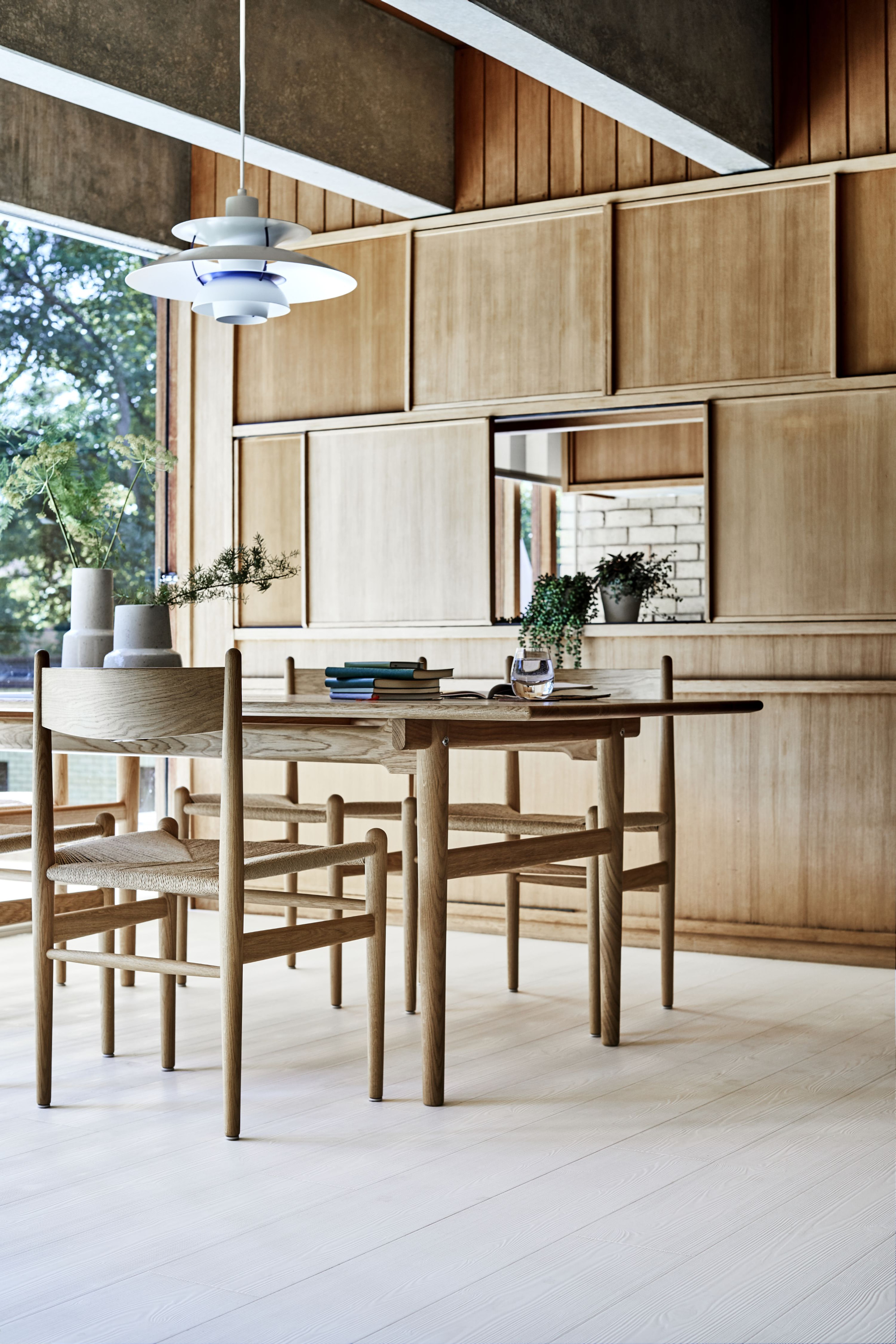
At its core, laminate flooring is made from high-density fiberboard (HDF), which provides this product with a great deal of stability and durability. Above the HDF layer, a decorative layer features high-resolution images of wood, stone, or tile, which is then covered by a clear, tough wear layer that protects against scratches, stains, and fading. The manufacturing process presses these layers together under high heat and pressure, creating a product that's tough enough to withstand the rigors of daily life.
Aesthetics & Versatility

Modern laminate flooring is available in a range of styles and finishes, offering designs that can emulate the look and feel of hardwood, stone, and tile remarkably well. This makes it an excellent choice for anyone looking to capture the elegance of natural materials without the associated costs and upkeep.
'Homeowners often skip over laminate alternatives out of habit,' says Courtney Wollersheim, Interior Designer at FLOOR360. 'They may not realize that many advances in flooring technology are closing the gap in achieving attractive wood-looking floors in the home.'
Design expertise in your inbox – from inspiring decorating ideas and beautiful celebrity homes to practical gardening advice and shopping round-ups.

Courtney is a designer at Floor 360, a tile specialist company based in Madison and Milwaukee. She pursued a degree and career in interior design that has spanned 25 years – earning the trust of homeowners, business owners, architects, and design peers. Her portfolio includes designs for hotels, spas, apartments, and many homes.
However, despite these advanced high-definition imaging and textured finishes, many designers still feel that laminate doesn't quite capture the authentic depth and unique character of genuine hardwood or stone floors. While it comes close, the tactile quality of natural flooring materials still stands unmatched.
That being said, if durability, budget, and easy upkeep are all part of your decision-making, don't let this put you off choosing laminate for your home.
Costs
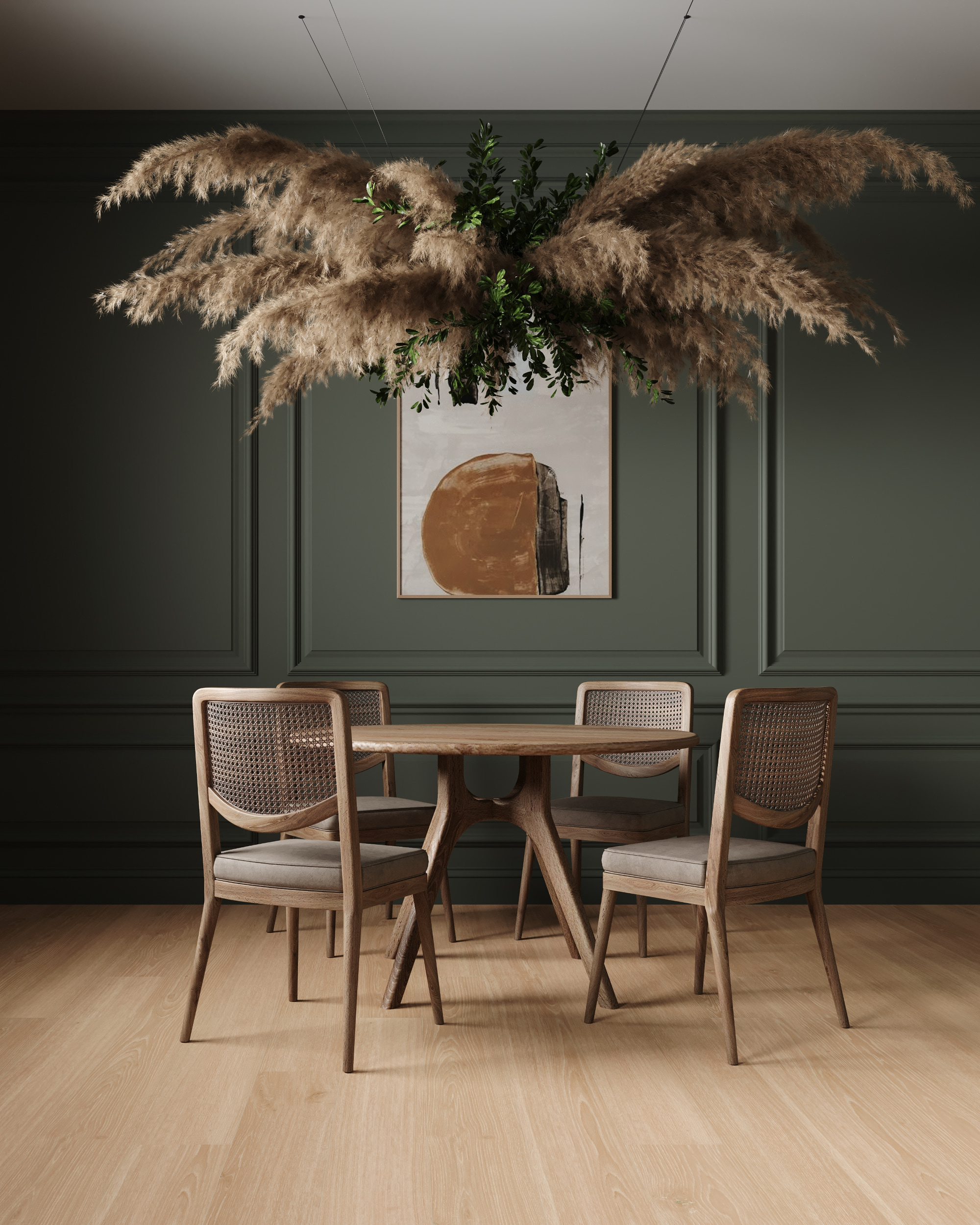
'Multiple factors will influence the cost of installing laminate flooring in your home, such as the type of laminate you opt for and if you are doing a professional or DIY installation,' explains Rotem Eylor, CEO and Founder of Republic Floor. "But on average, it can range from about $0.80 to $5.00 per square foot. But with luxury laminate, you could look at upwards of up to $10 per square foot.'
Installation costs for laminate are also lower compared to many other flooring options. Its user-friendly design, often featuring a click-and-lock mechanism, allows for DIY installation, saving on professional installation fees. Even when opting for professional installation, the process is faster and less labor-intensive than with traditional hardwood or tile, further reducing costs.

Rotem Eylor is the hands-on CEO and Founder of Republic Floor, a successful flooring company based in California and Texas. Republic Floor manufactures a huge range of waterproof engineered flooring options that are widely used across the US.
Durability & Maintenance
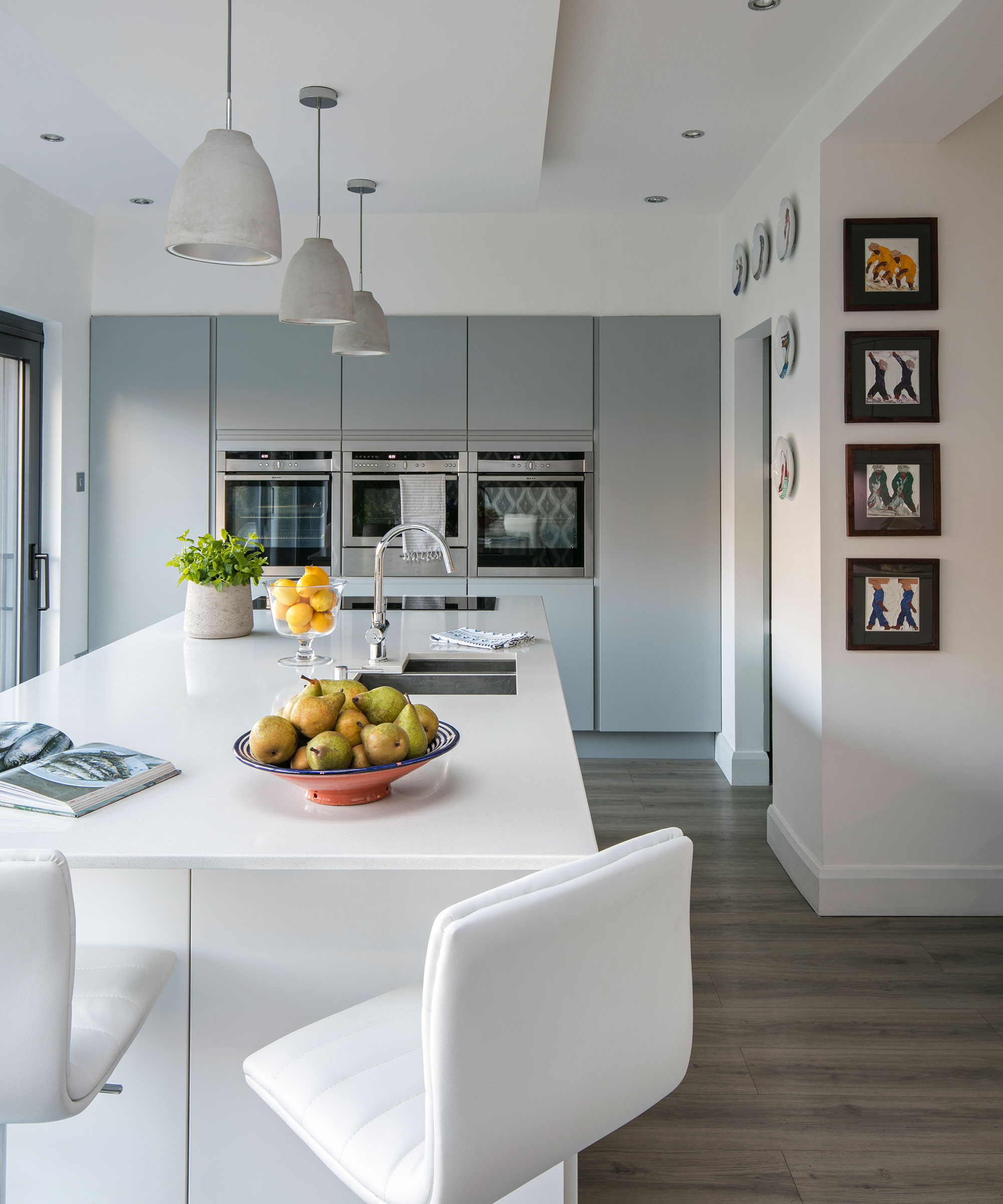
Laminate flooring stands up well to scratches, dents, and stains. This resilience ensures that these floors can last for many years, often up to 15-25 years, depending on the quality of the flooring and how well it's maintained.
'The durability of laminate flooring is classified by its AC rating (Abrasion Criteria). 'Check the AC rating of the laminate flooring to make sure you are using a higher AC rating in high-traffic areas,' says Gina Nordsieck, Co-Owner of Handyman Connection of Boise. 'You can select a lower AC rating in areas with less consistent traffic.'
To keep laminate floors in top condition, regularly sweep or vacuum them to remove dust and debris, along with occasional damp mopping using a laminate-specific solution (we like Method available from Walmart). Unlike hardwood, laminate doesn't require waxing, polishing, or refinishing.
'Laminate flooring can be prone to water seeping into the seams and causing it to swell or warp,' explains Gina Nordsieck. 'So, it's important to clean laminate floors correctly and get up any liquid spills as quickly as possible to prevent water damage.'

Gina and Chris Nordsieck, the couple behind Handyman Connection of Boise are both proud veterans. With a background of real estate and property management and now are focused on handyman services, construction, renovation, and redesigns. They're your go-to folks for everything from laying laminate floors to bathroom remodels and building decks – basically, if it needs fixing, they've got it covered.
One of the biggest disadvantages of laminate flooring is the noise it can produce. 'You can reduce noise from laminate flooring by installing a good-quality underlay beneath the flooring,' assures Gina. 'We would also recommend putting area rugs in high-traffic areas.'
Installation
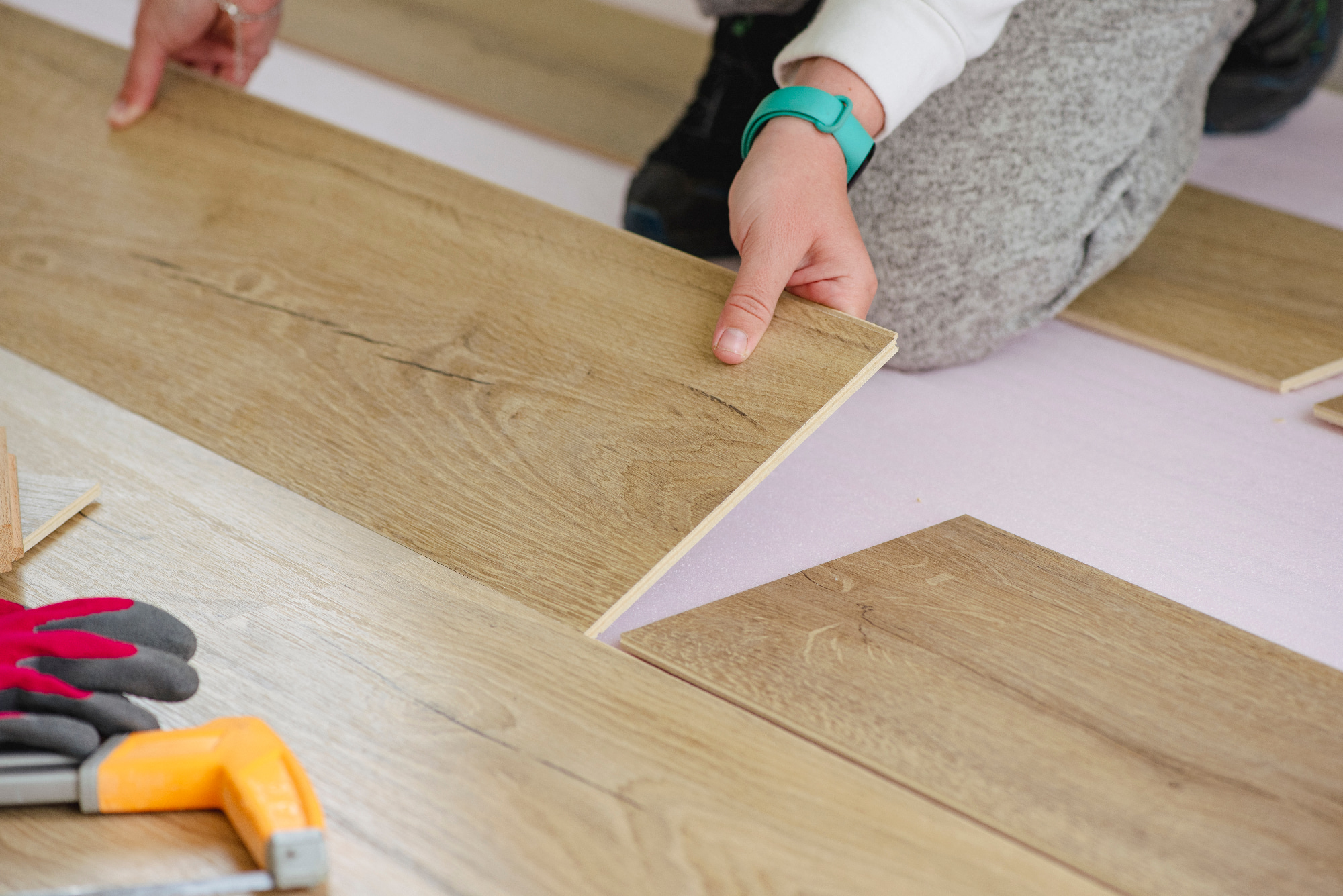
If you’re planning to install your laminate flooring on a DIY basis, Eddy Acevedo, Co-ownerof ACE Flooring, recommends the following steps:
- Prepare the subfloor and ensure it is clean, dry, and level. Any moisture or unevenness on the subfloor can damage the laminate or vinyl planks.
- Once that’s done, you will want to install a moisture barrier (an underlay such as this Eco Cork Foam Underlay from Wayfair) and allow the laminate flooring to acclimate to the room’s temperature and humidity for at least 48 hours before installation. This helps prevent buckling or warping after installation.
- Measure Twice, Cut Once: Accurately measure the room and plan the flooring's layout, considering obstacles like doorways or cabinets. Double-check your measurements before cutting the flooring material.
- Invest in the right tools for the job, including a tape measure, utility knife, straight edge, tapping block, and rubber mallet. These tools will make the installation process smoother and more precise.
- Lastly, follow the manufacturer instructions and maintenance guidelines. Different types of vinyl or laminate flooring may have specific requirements for installation and care.

Eddy is the co-owner of ACE Flooring in Miami, FL. ACE Flooring is a premier destination for flooring solutions in South Florida. Specializing in an array of high-quality hardwood flooring, porcelain, luxury vinyl, and laminate options, they cater to both residential interiors and commercial spaces.
Flooring Comparisons
Whether you are renovating your home or simply changing your flooring, laminate is a great all-rounder to consider. But how does it fare against other popular flooring materials?

Laminate vs. Hardwood Floors
Laminate offers the look of hardwood at a more affordable price and with less maintenance. While hardwood can increase a home's value and has the potential to last for decades with proper care, it requires more upkeep and periodic refinishing. Laminate, on the other hand, may not increase the value of your home, but it is easier to install and maintain, making it well-suited to homes with pets and young families.
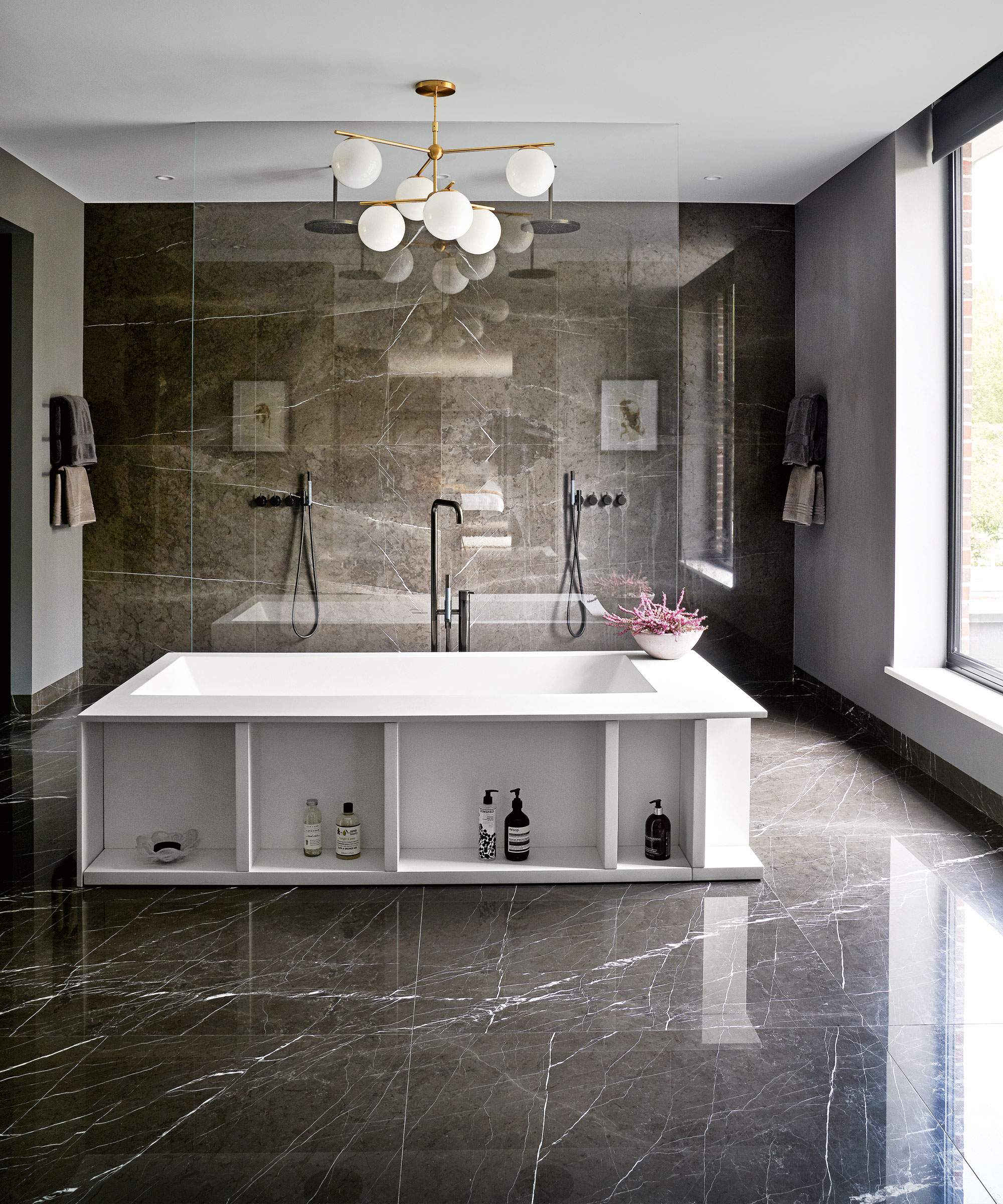
Laminate vs. Epoxy Flooring
Epoxy flooring, with its sleek, high-gloss finish, is ideal for garages and basements. Maintenance for both floor types is simple, but epoxy can be slippery if not texturized, whereas laminate offers a warmer feel underfoot. While epoxy requires professional installation and cures over several days, laminate flooring boasts an easier, DIY-friendly installation with a click-and-lock system. Cost-wise, epoxy's initial higher expense due to professional installation may pay off in its longevity and low upkeep, making it a solid choice for specific areas. Laminate, on the other hand, excels in affordability and the ease of updating styles, suited more for general residential spaces wanting the aesthetic of wood or stone.

Laminate vs. Vinyl Floors
Both laminate and vinyl flooring provide a wide range of design options and are known for their durability. Vinyl flooring tends to be more water-resistant, making it better suited for areas prone to moisture, like bathrooms and kitchens. Laminate floors are generally considered to offer a more authentic wood appearance, which might be preferred in living rooms and bedrooms where aesthetics are a priority.
Laminate vs. Tile Floors
Tiles are preferable for bathroom floors thanks to their water resistance and unique aesthetic that can add value to a home. However, it is often more expensive and harder to install than laminate. Laminate provides a warmer feeling underfoot and can mimic the look of tile or stone, offering a practical alternative for kitchen floors.

Laminate vs. Carpet
Carpet provides warmth and softness underfoot that is unmatched by laminate, making it a popular bedroom flooring choice. However, laminate is far easier to clean and maintain, making it a better option for allergy sufferers or homes with pets. When opting for laminate floors in bedrooms, you may wish to consider pairing them with a large area rug.
Though it doesn't quite compare to the authenticity of wooden or natural stone floors, laminate flooring is a smart choice for homeowners seeking an affordable and easy-to-maintain material.

Gabriella is a freelance contributor for Homes & Gardens. She is a DIY enthusiast and a lover of all things interior design, often found antiquing or browsing the aisles of her local hardware store. She has a particular passion for historic buildings and is in the process of renovating a Victorian coachhouse in the countryside.
For much of the past decade, Gabriella has worked as a freelance writer, crafting copy for national publications and renowned homeware brands. Most recently, she worked for Homebuilding & Renovating Magazine and is the former Head of Solved at Homes & Gardens, focusing on case studies for the magazine and website, as well as writing features about issues surrounding historic and listed building projects.